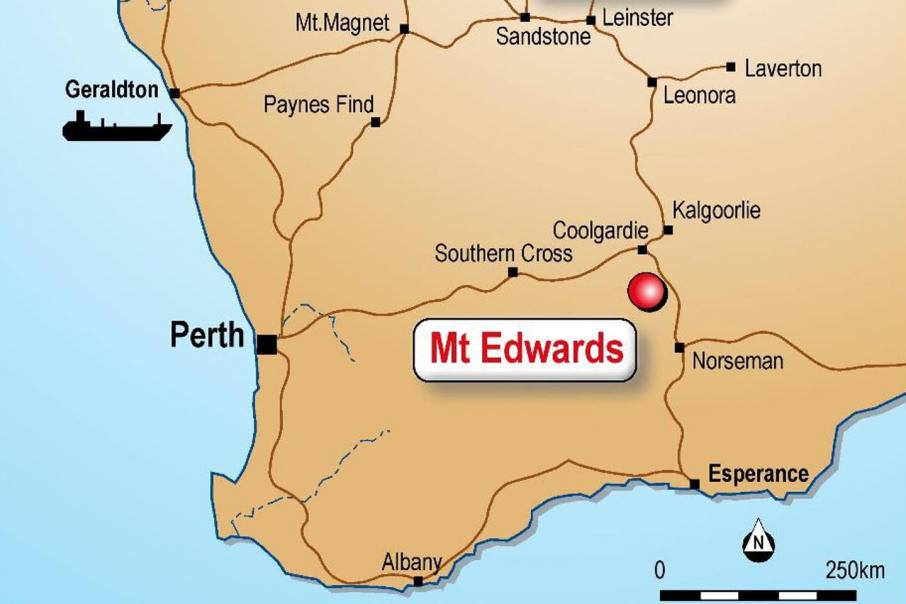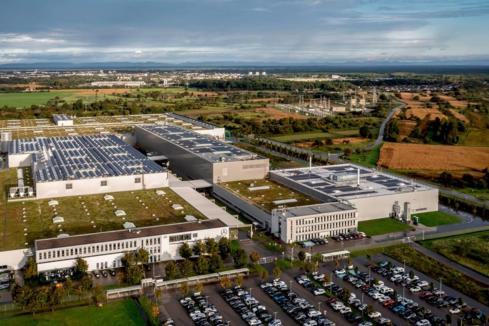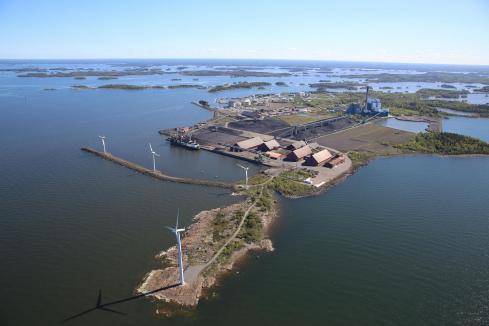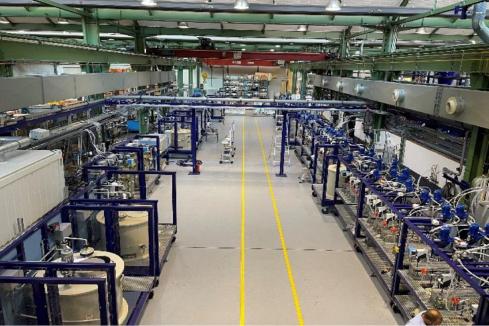ASX-listed Neometals has intersected massive nickel sulphides at its Mt Edwards project in the Goldfields region of Western Australia with drilling returning a cracking intersection of 4 metres grading 6.3% nickel.
This result is contained within a broader intercept of 11m @ 2.6% nickel from 108m down-hole at the project’s Zabel prospect, which management said confirms the high-grade tenor of the base metal mineralisation contained within a larger, moderate-grade nickel inventory at Mt Edwards.
In addition, drilling at the Lake Eaton tenement has shown elevated nickel grades on and near the ultramafic-basalt contact along strike from Mincor Resources’ high‐grade Cassini nickel deposits.
Cassini currently has a mineral resource of 800,000 tonnes grading 3.7% nickel for 28,500 tonnes of contained metal.
The 15-hole reverse circulation drilling campaign totalling 2,075 metres represents the first stage of a comprehensive nickel exploration program that the company is carrying out at Mt Edwards during the current financial year.
Neometals is also continuing lithium exploration in parallel with nickel over the project, with soil sampling, geological mapping and geophysical interpretation continuing to target fertile lithium‐caesium‐tantalum pegmatites.
Managing Director Chris Reed said: “The intercepts at Zabel confirm the presence of high tenor nickel mineralisation we have seen historically mined in the Mt Edwards – Widgiemooltha district and we are highly encouraged with the results to date.”
“The Mt Edwards tenements have not been actively explored for more than 10 years and we are confident that a systematic approach using modern exploration methods should identify higher-grade zones of massive nickel sulphides within this large mineral resource inventory.”
“The project has the benefit of rail and road access to processing infrastructure, which will aid potential commercialisation of the project.”
Mt Edwards covers an area of 240 square kilometres in a historical nickel sulphide belt about 35 kilometres west of Kambalda.
The project has a current mineral resource of 7.4 million tonnes grading 1.7% nickel for 123,340 tonnes of contained metal.















